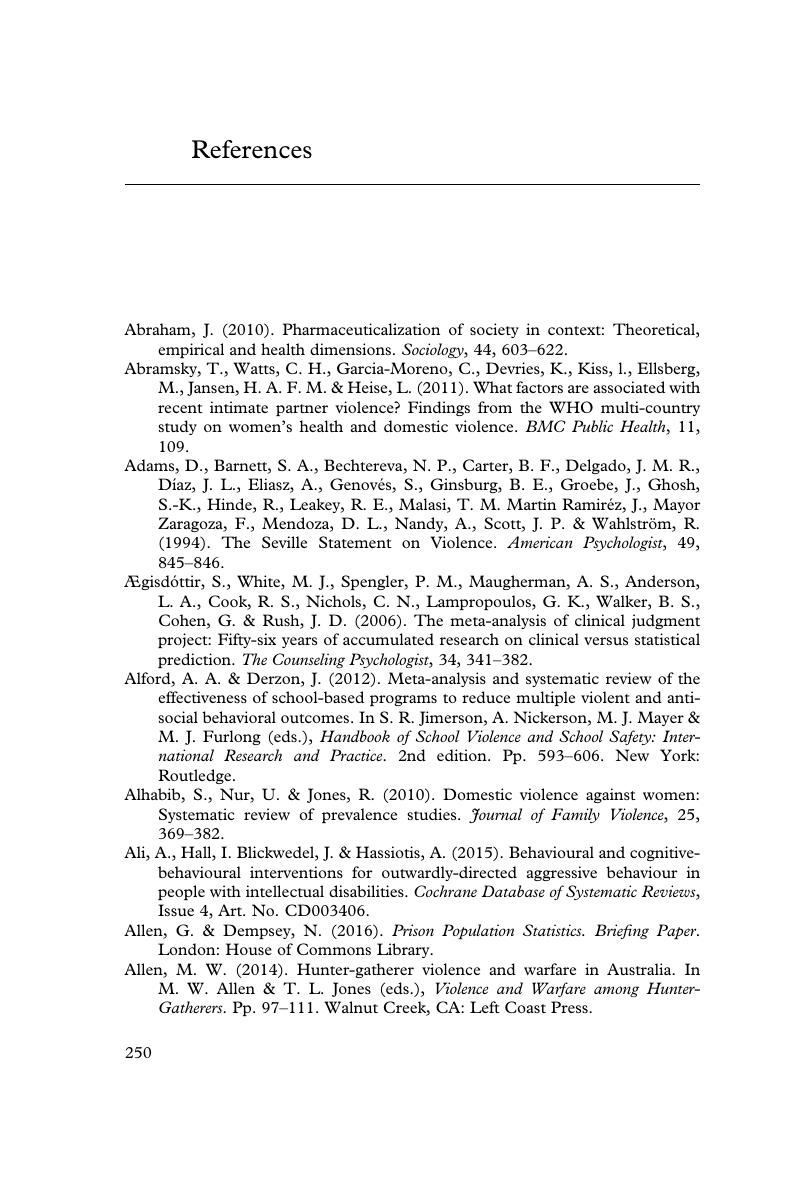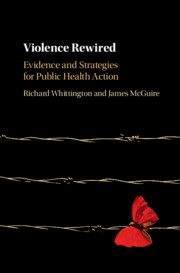References
Published online by Cambridge University Press: 13 March 2020
Summary

- Type
- Chapter
- Information
- Violence RewiredEvidence and Strategies for Public Health Action, pp. 250 - 294Publisher: Cambridge University PressPrint publication year: 2020

